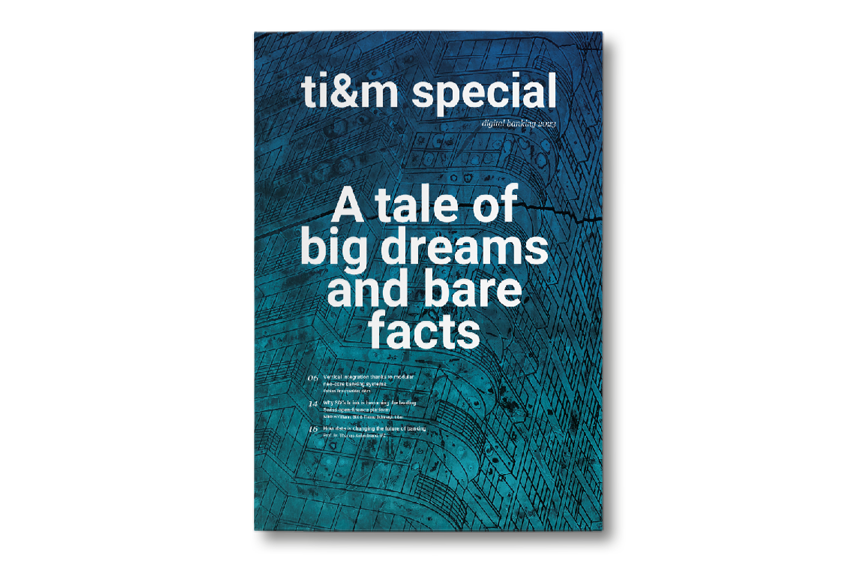What was the rationale behind the new container-management platform?
We believe that container technology — and Kubernetes in particular — is a very important platform for applications. We not only have to master this as a core competence, but also offer it as extensively as possible to our clients. We see enormous advantages in the development and operation of applications that are developed on a container basis.
Why is the city of Zurich relying on Google Anthos for the new platform?
Like all public administrations, the City of Zurich is subject to procurement law. Thus, it was also necessary to conduct a public tendering process when procuring solution in the area of container-management platforms that could be used throughout the city. The evaluation of the solutions offered was widely supported in the OIZ and carried out using a variety of criteria. That’s why there is no single rationale, but rather a combination of features, price, and persuasiveness. This assessment was won by Google Anthos. From the current standpoint, we are very happy that our impression was confirmed. We have been able to implement a very lean, flexible, and powerful solution.
What were the biggest hurdles in implementing the project?
I am still not sure today whether the technical or the organizational challenges were greater for us. All our main departments were involved in the project. So we had to reach out to a wide variety of people and convince them of the benefits of the new technology. This required a lot of adjustment and coordination. Technologically, we already had several years of experience with container-based applications, but the desired open character of the new platform necessitated many innovations, also in the technological area. Not everything fell easily into our laps.
“We already had several years of experience with container-based applications, but the desired open character of the new platform necessitated many innovations, also in the technological area”– Reto Hirt, OIZ
With the container management platform, we now have a future-proof solution. Which applications and services does the city of Zurich want to integrate?
This is precisely the point we discussed at the beginning of the tendering process in 2019. Our conservative estimates were based on 25 – 30 percent of today’s workloads. Looking now at the inquiries interested in a container solution, my wildest personal expectations are exceeded. There are more than 100 existing container-based applications, as well as many Linux workloads that will be migrated. In addition, however, there are primarily new solutions and products from renowned manufacturers that are already on the new platform or in discussion with us.
What is the advantage for in-house and third-party developers?
The openness of the platform is certainly its greatest advantage: We specify what the runtime looks like, but not what is placed in it. Another advantage is that the homogenized operational model of the containers —each software is always operated in the same way — is not hampered by unnecessary specifications or restrictions. On the contrary, we focus on transparency and openness, placing control as far as possible in the hands of the developers and application managers — without giving up our responsibility.
And what do the local residents gain from this?
The new platform makes the handling of applications more flexible and simplifies operation. This means that modern solutions can also be more quickly made available to the public.
Has the introduction brought about changes in the in the organization of the City of Zurich or the OIZ?
Yes and no. No direct adjustments have been made to the OIZ organization chart as a result of the new platform. However, my impression is that a lot has changed in the mindset and behavior in many areas: The cooperation among the teams has improved, a lot of additional trust has been built. The already-initiated transformation to more self-service and cloud ideology has been positively reinforced.
At the moment, the platform is running in the two data centers of the City of Zurich; in the medium term, the OIZ aims to integrate it into the public cloud. What benefits do you expect from the integration and implementation of a hybrid cloud strategy?
The most obvious benefit is the expanded choice of how to distribute the various workloads once we have implemented hybrid and multi-cloud working. Factors such as costs, availability of specific solutions, data protection, cloud-specific capabilities, or even skills and resources, can be criteria for evaluating the optimal placement in each case. However, the costs must be weighed against this; the additional complexity must be worthwhile. It will also be interesting to see whether we decide to expand the CMP into further cloud providers or simply combine the various providers in terms of organization.
“An[…] advantage is that the homogenized operational model of the containers — each software is always operated in the same way — is not hampered by unnecessary specifications or restrictions”– Reto Hirt, OIZ
Do they communicate with other cities and municipalities? Is there interest in the solution?
The public presentation of the solution on Google has led to very positive reactions, the interest exists. Various discussions will be held in the near future. It will be exciting to see what happens next.
What advice do you have for other administrations that want to build new infrastructure?
What worked for us won’t automatically work for another organization. For me, the decisive factor was that our management never lost confidence — even in the months when we weren’t making headway. On the contrary, we were always supported in finding solutions. This is crucial for the success of a project of this size.
About OIZ
The Organization and Information Technology department (OIZ) is the digitalization and IT competence center of the City of Zurich, employing around 430 employees.





